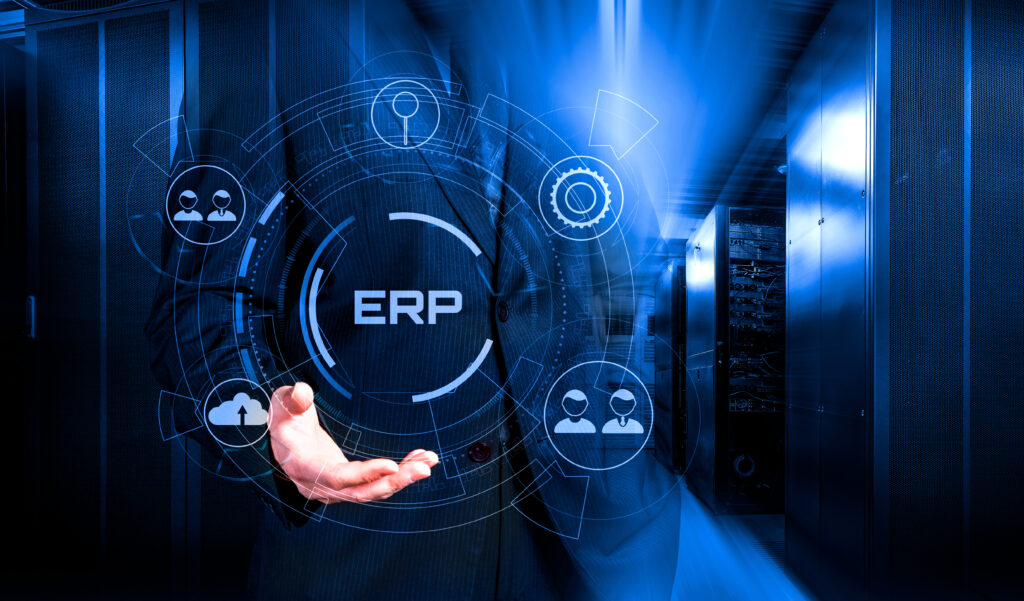
What is ERP and CRM ?
Enterprise Resource Planning (ERP) and Customer Relationship Management (CRM) installations, integrations, and customization represent pivotal undertakings in the realm of modern business management. These sophisticated systems serve as the technological backbone, seamlessly weaving together various facets of an organization to enhance efficiency, collaboration, and overall performance.
At its core, ERP is a comprehensive software solution designed to integrate and streamline a company’s internal processes, fostering a unified approach to resource management. It encompasses a wide range of functions, from finance and human resources to inventory and supply chain management. On the other hand, CRM focuses on the external realm, forging strong connections with customers by managing interactions, analyzing data, and optimizing engagement strategies.
The importance of ERP and CRM installations
The importance of ERP and CRM installations cannot be overstated, as they act as catalysts for organizational agility and responsiveness. By consolidating disparate data silos into a centralized platform, ERP systems empower decision-makers with real-time insights. This enables swift and informed decision-making, fostering a more adaptable and resilient business environment. Moreover, the integration of CRM ensures that customer-facing teams can access a 360-degree view of each client, tailoring interactions and services to meet their evolving needs.
The customization of these systems takes the advantages a step further, aligning the software with the unique workflows and requirements of a specific organization. This tailoring not only enhances user adoption but also allows businesses to leverage the full potential of ERP and CRM functionalities. Customization ensures that the software adapts to the organization’s processes, rather than the other way around, thereby maximizing its utility.
The seamless integration of ERP and CRM systems breaks down silos within an organization, fostering collaboration and synergy. It enables cross-functional teams to work cohesively, sharing information effortlessly and contributing to a more connected and collaborative workplace. This integration is a linchpin in the pursuit of operational excellence, helping companies stay competitive in today’s fast-paced and dynamic business landscape.
- Streamlined ERP and CRM installations.
- Enhancing data flow and decision-making.
- Customization to tailor these solutions to your specific work flows.
- With expertise in implementing leading platforms like Odoo, ERPNext,MSDynamics,OracleFusionCloud/OracleNetSuite, SalesForce, SAGE, and Zoho